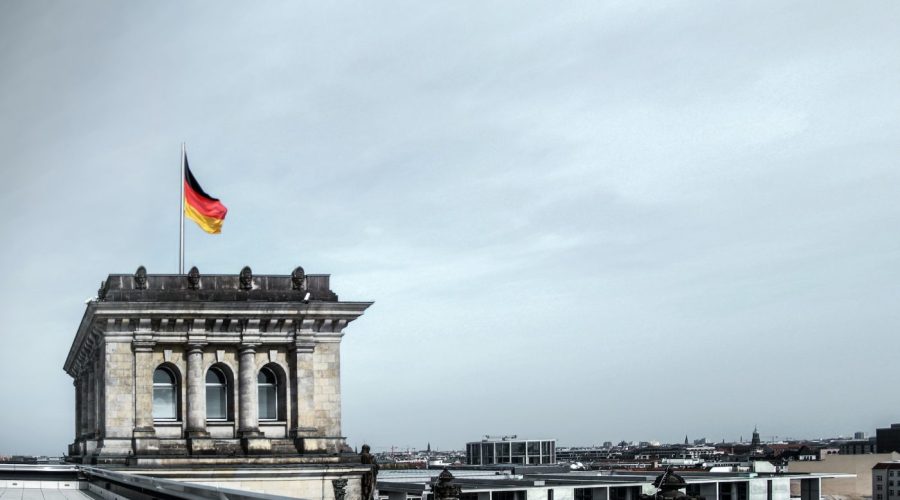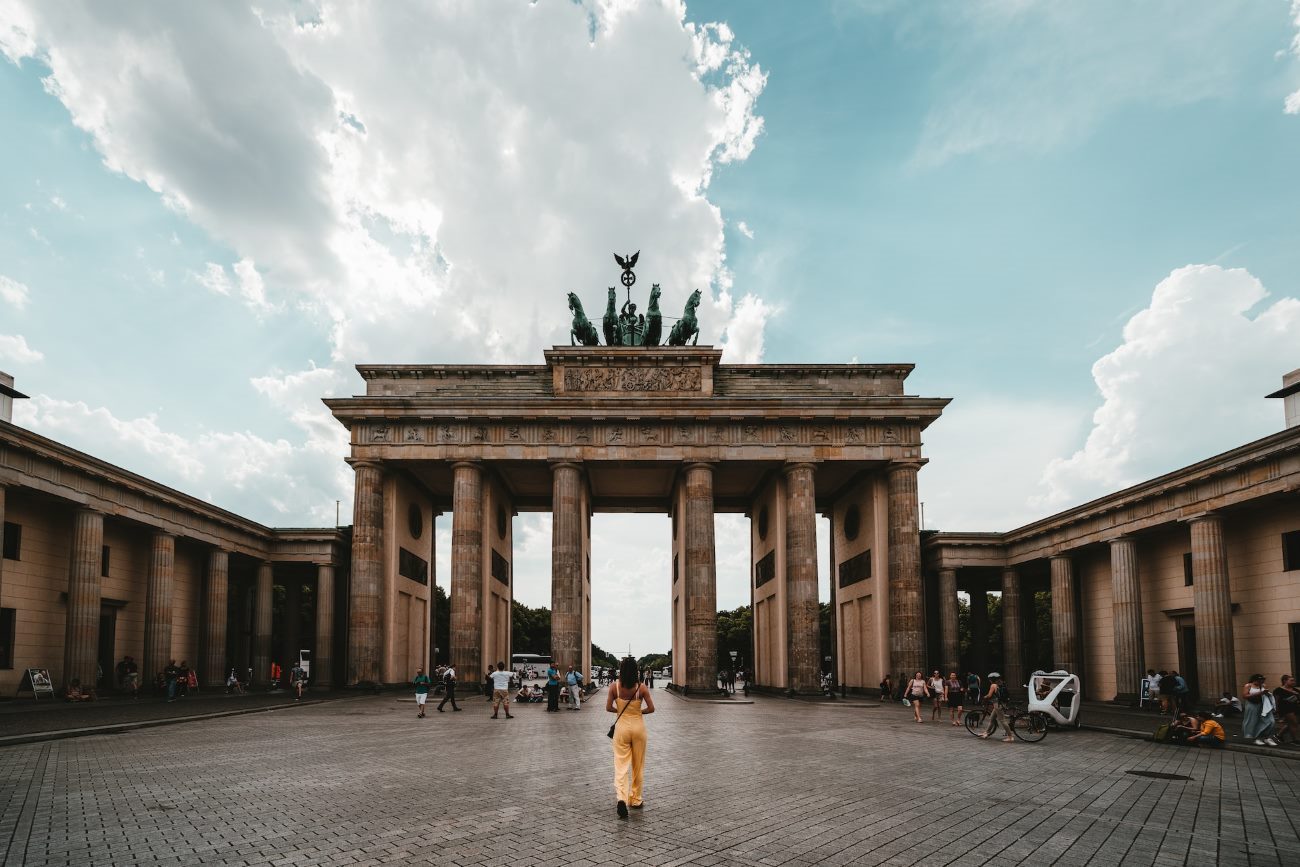How Did the West React to the Berlin Wall?
The Berlin Wall was a concrete barrier between East and West Berlin and walled up the city for almost three decades. Constructed as a barrier by East Germany it was actually used to prevent East Germans from running to West Berlin. The subsequent article examines the West’s responses, with the USA and its allies at the leading role, to the Berlin Wall.
1. Initial Shock and Condemnation
The erection of the Berlin Wall, by East Germany immediately on August 13th 1961, shocked the West. The sudden division of Berlin and the sealing of the border echoed loudly on the globe. The west’s response to the Berlin wall was quick condemnation with the leaders seeing the Berlin wall as a direct tender to human rights and movement of people.
Key Points:
- Immediate shock and condemnation
- Tremendously regarded as a violation of human rights and personal liberties.
- Global outrage
2. Economic and Diplomatic Pressure
After the building of the Berlin Wall, the West imposed massive economic and diplomatic pressure on the East Germany and its communist associates. In an attempt to suppress East Germany’s economic advancement and isolate them from the rest of the world, the United States and other countries recurred to financial measures and restrictions on trade to the mentioned country. The West tried to convey its opposition and collect international support by way of diplomacy.
Key Points:
- Economic sanctions and trade restrictions
- Diplomatic pressure and opposition
- Goal of isolating East Germany
3. Aid and Care for East Berliners’ Implementation
The West wanted to help those citizens behind the Berlin Wall by offering relief and support to East Berliners. reply Besides, the efforts involved exchange programs, scholarship grants and support for those who tried to escape from the East Germany.
Key Points:
- Supply of essential goods
- Cultural exchanges and educational support
- Assistance for escapees
4. Reaffirming Western Allies’ Commitment
The building of the Berlin Wall meant that the East and West divisions were actually permanent during the cold war. In response to the fell of the Berlin Wall, western powers, the U.S. being in the forefront, strived to restate their loyalty and convince the awestruck former enmies of the vitality of democratic ideals. These public remarks, official statements by diplomats, and obvious military actions all spoke of this common will.
Key Points:
- Reaffirmation of commitment to allies
- Showcasing Western democratic values
- Visible military demonstrations
5. Reduction of Tensions and the Falling of the Wall<<
Since the immediate reaction diffused, the West continued to push for the pressure on East Germany even with the compounded rage. The Berlin Wall symbolized division between East and West with the West as the creators of connections instead of rewheelering fences. By the year 1989 new events such as political unrest and mass demonstrations had seen the Berlin Wall collapse.
Key Points:
- Continued pressure on East Germany
- Symbolism of the wall
- Factors leading to the fall
After all, the West had a combination of shock, ire, and stern censure over the Berlin wall. Consequently, the West imposed economic sanctions and engaged in diplomatic means against East Germany; supported the people of East Berlin and repeatedly declared its commitment of democratic principles. Ultimately the fall of the Berlin Wall was a shining victory for the West and a beginning of the united Germany.
Table of Contents



